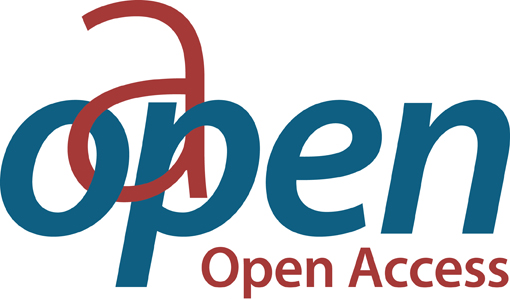Chapter Integrating Green Roofs into Building Information Modeling (BIM): A Computational Approach for Sustainable Building Design
| dc.contributor.author | Cascone, Stefano | |
| dc.date.accessioned | 2024-04-02T15:44:13Z | |
| dc.date.available | 2024-04-02T15:44:13Z | |
| dc.date.issued | 2023 | |
| dc.identifier | ONIX_20240402_9791221502893_2 | |
| dc.identifier.issn | 2704-5846 | |
| dc.identifier.uri | https://library.oapen.org/handle/20.500.12657/89033 | |
| dc.description.abstract | The construction industry is currently witnessing a transformative period characterized by the convergence of the green and digital transitions. The green transition seeks to address environmental challenges such as climate change and resource depletion, while the digital transition leverages advanced technologies to enhance construction processes. This paper specifically explores the integration of green roofs, as component of sustainable buildings, into the Building Information Modeling (BIM) framework, a key enabler of the digital transition. Green roofs, known for their environmental benefits, consist of layers that contribute to energy efficiency, stormwater management, and biodiversity enhancement. To optimize their design and performance, this research employs Dynamo Visual Programming Language (VPL) within Autodesk Revit to create parametric models of green roofs. These models facilitate the evaluation of thermal and structural characteristics under varying water content conditions (dry and saturated). Results reveal that the choice of substrate and drainage materials significantly impacts thermal resistance, particularly in dry conditions. However, in saturated conditions, the influence on thermal performance converges, emphasizing the importance of structural considerations in both scenarios. The research also highlights various limitations and outlines avenues for future studies, including expanding the range of materials, exploring additional performance metrics, and incorporating AI and machine learning techniques. By addressing these aspects, this research contributes to a comprehensive understanding of the integration of green roofs and BIM. It provides designers and researchers with a practical tool for optimizing green roof designs, aligning with contemporary sustainable construction practices, and promoting the holistic development of green buildings | |
| dc.language | English | |
| dc.relation.ispartofseries | Proceedings e report | |
| dc.subject.classification | thema EDItEUR::U Computing and Information Technology | |
| dc.subject.other | Sustainability integration | |
| dc.subject.other | Parametric modeling | |
| dc.subject.other | Digital Transformation | |
| dc.title | Chapter Integrating Green Roofs into Building Information Modeling (BIM): A Computational Approach for Sustainable Building Design | |
| dc.type | chapter | |
| oapen.identifier.doi | 10.36253/979-12-215-0289-3.99 | |
| oapen.relation.isPublishedBy | bf65d21a-78e5-4ba2-983a-dbfa90962870 | |
| oapen.relation.isbn | 9791221502893 | |
| oapen.series.number | 137 | |
| oapen.pages | 10 | |
| oapen.place.publication | Florence |

